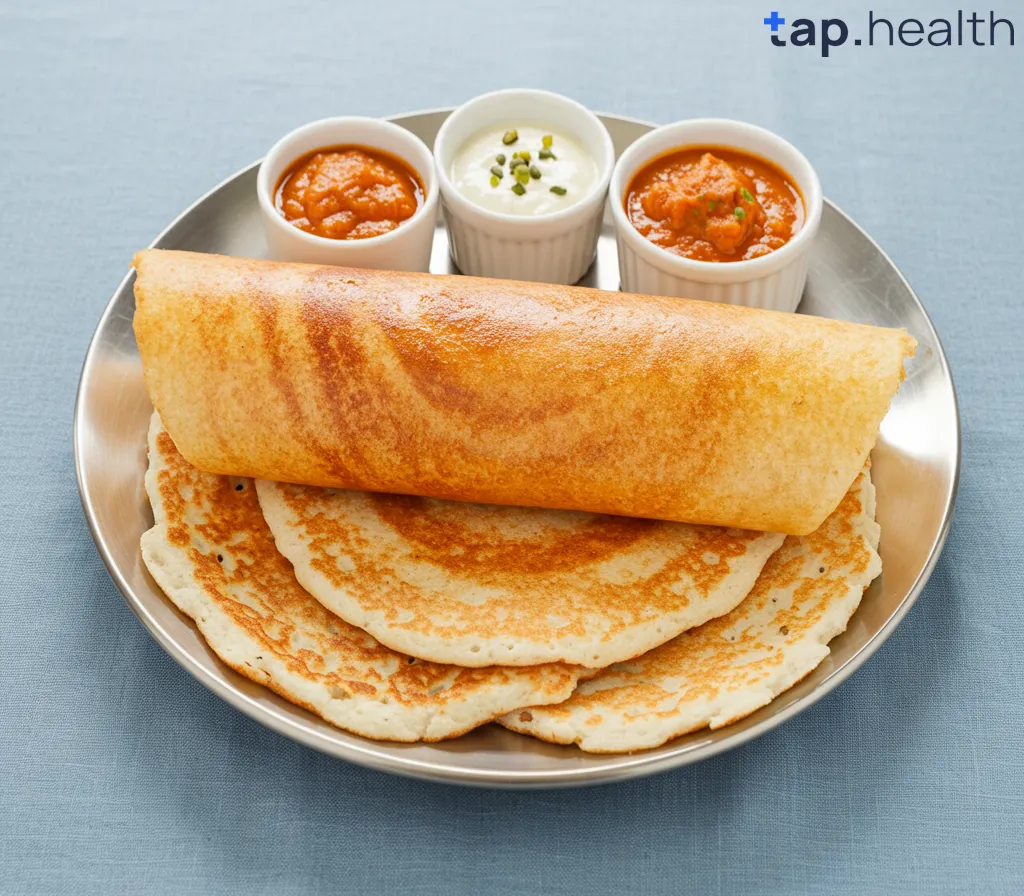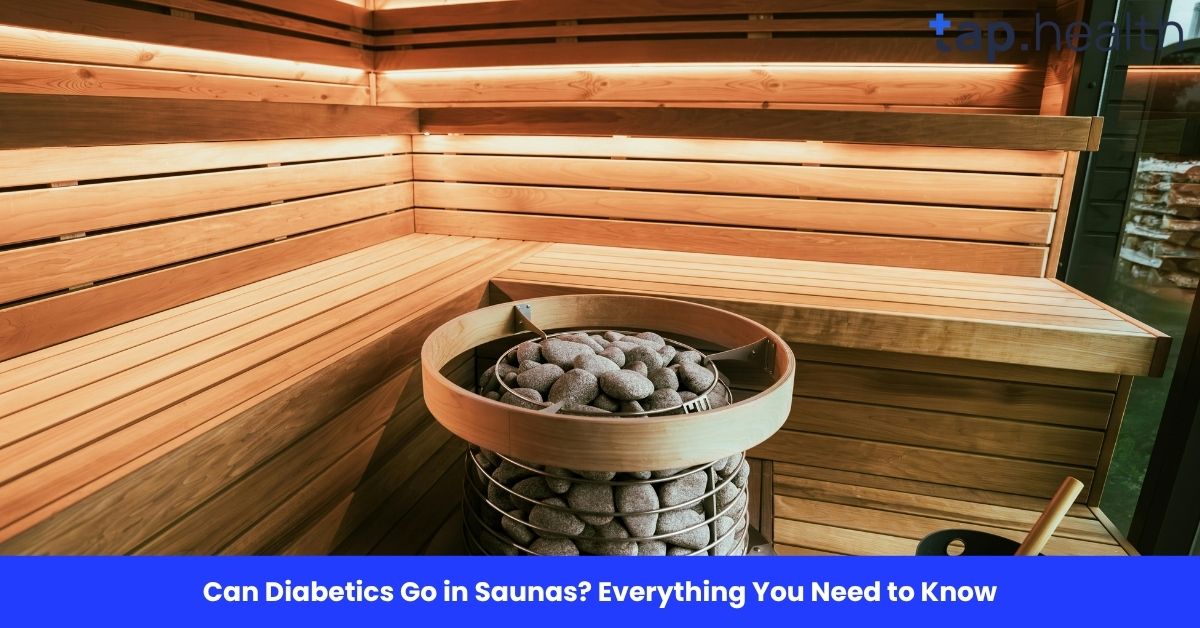Masala Dosa is a popular South Indian dish that’s enjoyed worldwide. It’s made of a crispy, thin crepe (dosa) filled with spiced mashed potatoes (masala). Typically served with chutneys and sambar (a flavorful lentil soup), Masala Dosa is loved for its combination of flavors and textures. But if you’re watching your calorie intake or simply curious about the nutritional content, you might be wondering: how many calories are in Masala Dosa?
In this article, we will break down the calorie content of a Masala Dosa, its nutritional value, and provide you with healthy alternatives and tips for enjoying it without worrying too much about the calories. Whether you’re a regular dosa lover or trying it for the first time, this guide will help you make an informed choice.
What Is Masala Dosa?
Masala Dosa is a traditional South Indian dish made from fermented rice and lentil batter. The batter is spread thin on a hot griddle, cooked until crispy, and then filled with a spicy mashed potato filling, also known as “masala.” The dosa is then rolled up and served with various sides, including coconut chutney, tomato chutney, and sambar.
While Masala Dosa is incredibly tasty and satisfying, it can also be calorie-dense depending on how it’s made and the size of the serving. Now, let’s dive into the calorie content and nutritional information of this beloved dish.
How Many Calories Are in Masala Dosa?
The number of calories in Masala Dosa depends on several factors, such as the size of the dosa, the ingredients used, and whether additional oil or butter is used for cooking. A typical Masala Dosa made with standard ingredients and served with chutney and sambar can contain around 250-400 calories per serving.
Here’s a breakdown of the calories in different components of a Masala Dosa:
Basic Masala Dosa (Without Extra Oil or Ghee)
A standard Masala Dosa (approximately 150-200 grams) without excessive oil or ghee contains the following:
- Calories: 250-300 calories per serving (1 dosa)
This calorie content includes the dosa itself, made from rice and lentils, and the mashed potato filling (masala). The chutneys and sambar typically contribute minimal calories.
Masala Dosa with Extra Oil or Ghee
If additional ghee (clarified butter) or oil is used to cook the dosa, the calorie count increases. A dosa cooked with extra ghee or oil may contain:
- Calories: 350-400 calories per serving
The extra oil or ghee adds more fat, which increases the overall calorie content. If you’re watching your calorie intake, it’s a good idea to ask for less oil or ghee when ordering or preparing the dosa.
Masala Dosa with Filling Variations
Some restaurants or home recipes may add extra ingredients to the filling, such as cheese or paneer (Indian cottage cheese). This can increase the calorie count even further. For example:
- Calories with Cheese or Paneer: 400-450 calories per serving
While these variations add more flavor, they also add more calories, so keep that in mind when enjoying a Masala Dosa with extra fillings.
Nutritional Breakdown of Masala Dosa
While Masala Dosa may be high in calories, it also provides a variety of nutrients. Here’s a general nutritional breakdown of a basic Masala Dosa (1 serving):
Macronutrients
- Calories: 250-300 calories
- Carbohydrates: 35-40 grams
- Fiber: 3-5 grams
- Protein: 6-7 grams
- Fat: 10-15 grams
- Saturated Fat: 2-3 grams
Micronutrients
- Calcium: 20-30 mg
- Iron: 1-2 mg
- Vitamin C: Trace amounts (mainly from chutneys)
- Sodium: 300-400 mg (depending on how much salt is added to the masala or chutneys)
Health Benefits of Masala Dosa
Masala Dosa, despite being calorie-dense, offers some nutritional benefits, especially when prepared with whole ingredients and served with healthy sides like chutneys and sambar.
- Protein: The dosa batter is made from a combination of rice and lentils, which provides a good amount of protein. The mashed potato filling adds additional protein, although not as much as other sources like meat or beans.
- Fiber: The dosa and its filling provide fiber, especially when the filling contains vegetables like onions, peas, and carrots. Fiber is essential for digestive health and can help you feel full longer.
- Vitamins and Minerals: The dosa contains small amounts of essential vitamins and minerals, including iron and calcium, thanks to the use of lentils and rice. Pairing it with chutneys (like coconut chutney) and sambar can increase the intake of vitamins like Vitamin C and potassium.
How to Make Masala Dosa Healthier
While Masala Dosa is tasty and nutritious, it can be high in calories, especially if fried in excessive oil or ghee. If you’re trying to make a healthier version of Masala Dosa, here are a few tips:
1. Use Less Oil or Ghee
The oil or ghee used for frying the dosa can add a significant number of calories. You can reduce the calorie content by using a non-stick pan or a very small amount of oil or ghee. Alternatively, you can also opt for healthier cooking oils, such as olive oil or coconut oil, instead of traditional ghee.
2. Add More Vegetables to the Filling
To boost the nutritional value of your Masala Dosa without adding extra calories, try adding more vegetables to the potato filling. Ingredients like spinach, peas, carrots, and bell peppers are rich in vitamins, fiber, and minerals while being low in calories.
3. Opt for Whole Wheat Dosa
Traditional Masala Dosas are made with white rice and lentil batter. You can make your dosa healthier by using whole wheat flour or adding more legumes to the batter. This will increase the fiber content and make the dosa more filling, while keeping the calories in check.
4. Serve with Less Sugar in Chutneys
Chutneys can add extra calories, especially if they’re made with sugar. Try making homemade chutneys with little or no added sugar, or opt for healthier chutneys like coconut or tomato-based ones.
5. Use Less Salt
Reducing the amount of salt in the dosa filling and chutneys can help lower the sodium content. Excess salt can contribute to high blood pressure and other health issues, so it’s always a good idea to limit salt when cooking.
Frequently Asked Questions (FAQs) on How Many Calories in Masala Dosa?
1. How many calories are in one Masala Dosa?
A standard Masala Dosa (1 serving) without excess oil or fillings contains around 250-300 calories. This can vary based on the size of the dosa and how much oil or ghee is used.
2. Is Masala Dosa good for health?
Masala Dosa can be a healthy option when prepared with whole ingredients, such as lentils and vegetables. It provides protein, fiber, and essential vitamins. However, it can be calorie-dense if cooked with excessive oil or ghee, so it’s best to enjoy it in moderation.
3. How can I make my Masala Dosa healthier?
To make your Masala Dosa healthier, use less oil or ghee for cooking, add more vegetables to the filling, and serve it with homemade chutneys that are lower in sugar and salt.
4. How many calories are in a Masala Dosa with cheese?
If you add cheese to your Masala Dosa, the calorie count will increase to around 400-450 calories per serving, depending on the type and amount of cheese used.
5. Can I eat Masala Dosa on a diet?
Masala Dosa can fit into most diets when consumed in moderation. If you’re trying to watch your calories, try reducing the amount of oil used in cooking and serving it with a side of vegetables or a lighter chutney.
6. How many calories are in a Masala Dosa with sambar?
A standard serving of Masala Dosa with sambar and chutney can contain about 300-350 calories, depending on the amount of oil used and the size of the dosa.
Conclusion
Masala Dosa is a delicious and flavorful dish that provides a good mix of protein, fiber, and essential vitamins. On average, one Masala Dosa contains around 250-300 calories without extra fillings or excessive oil. If you want to enjoy this classic South Indian dish without worrying about the calories, try using less oil, adding more vegetables to the filling, and opting for healthier chutneys. With the right adjustments, Masala Dosa can still be a part of a balanced and healthy diet. Enjoy this tasty treat while keeping your calorie intake in check!



